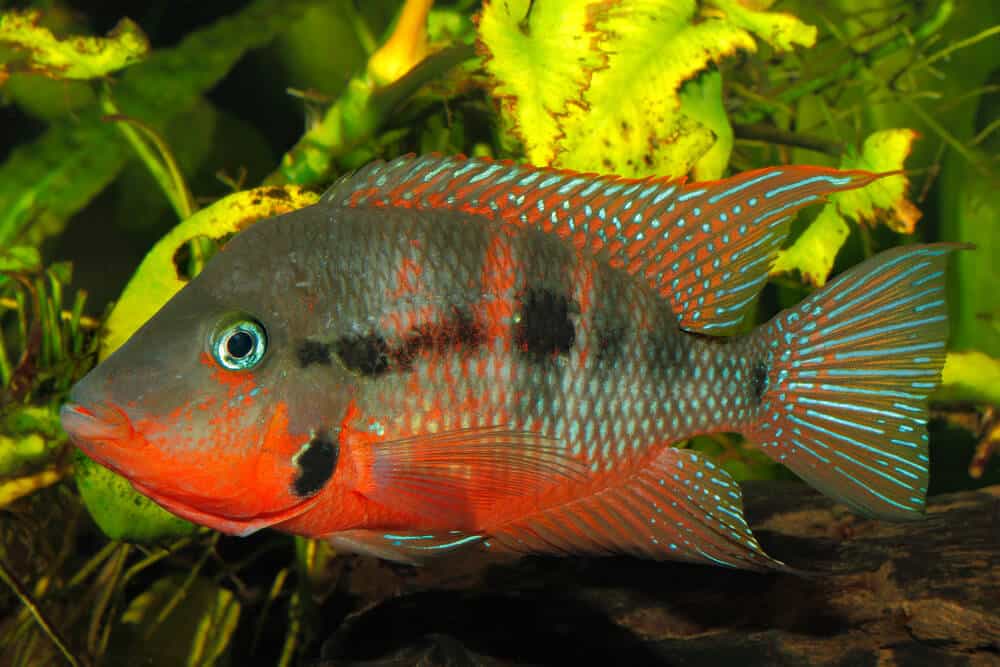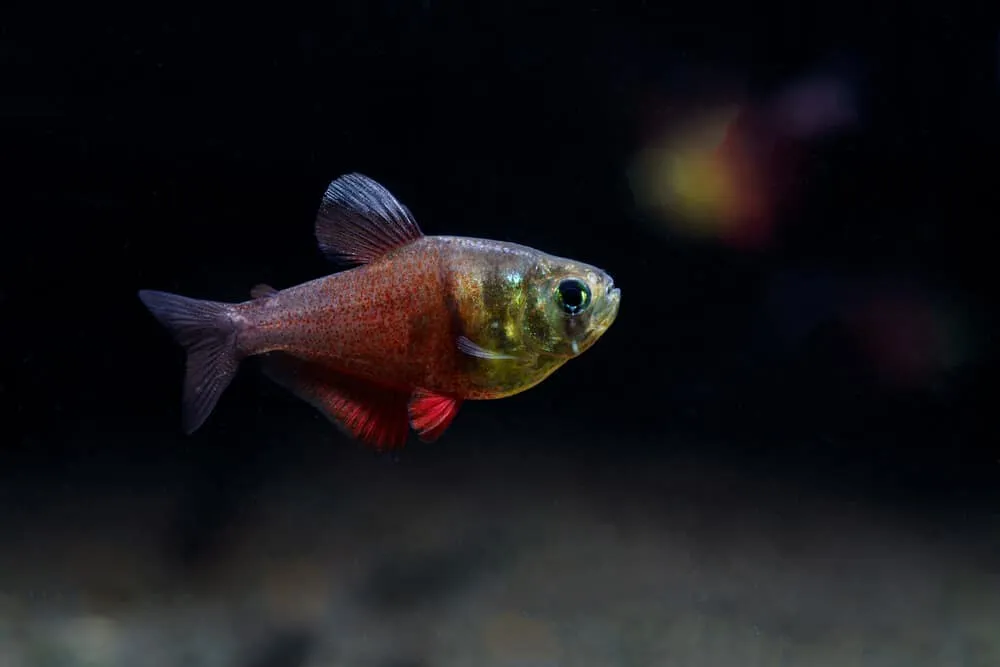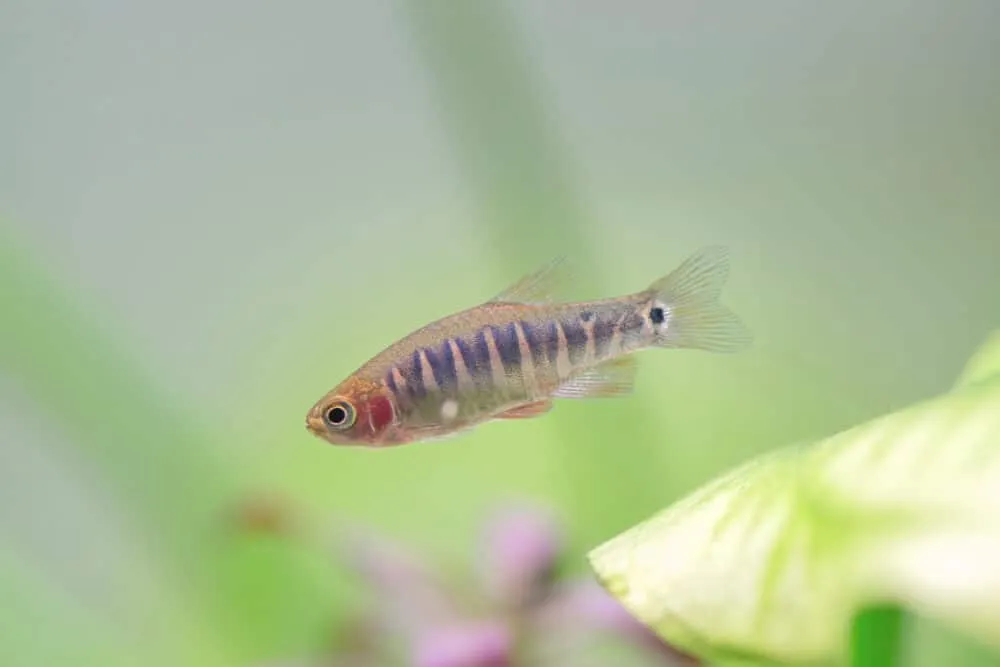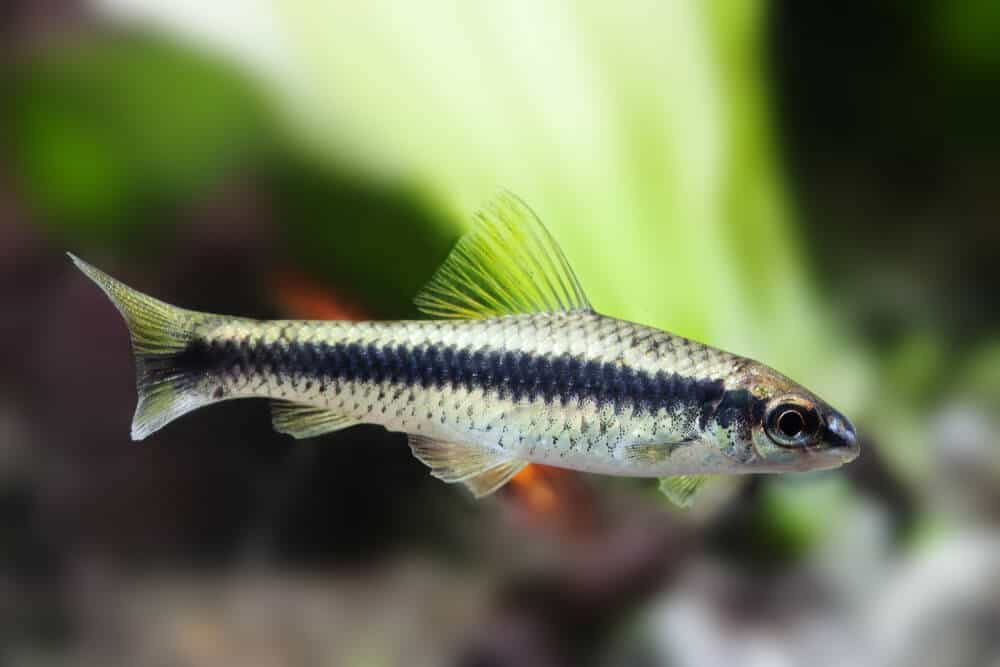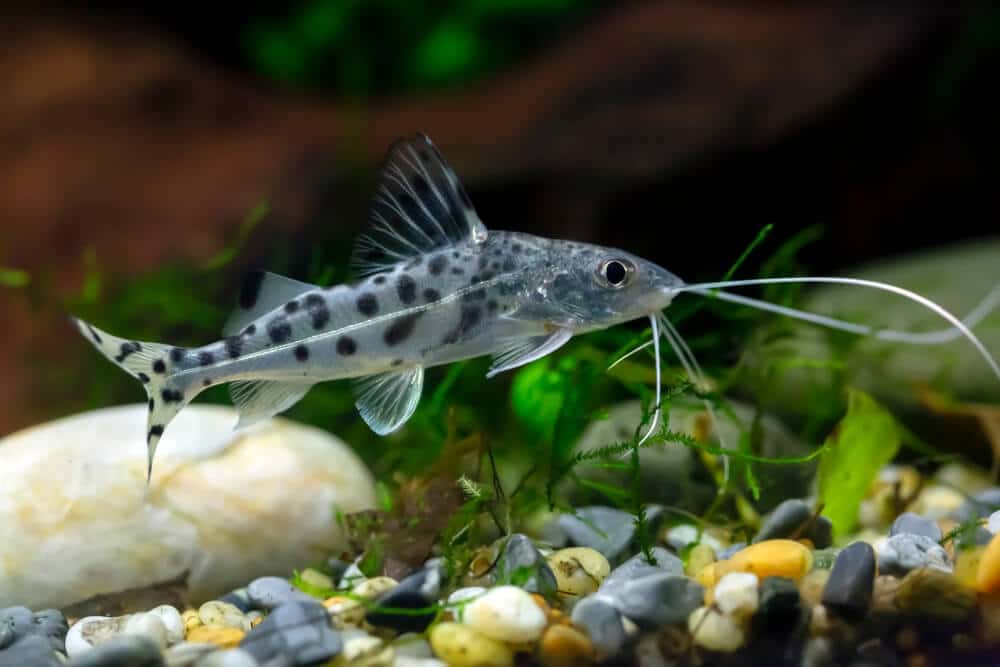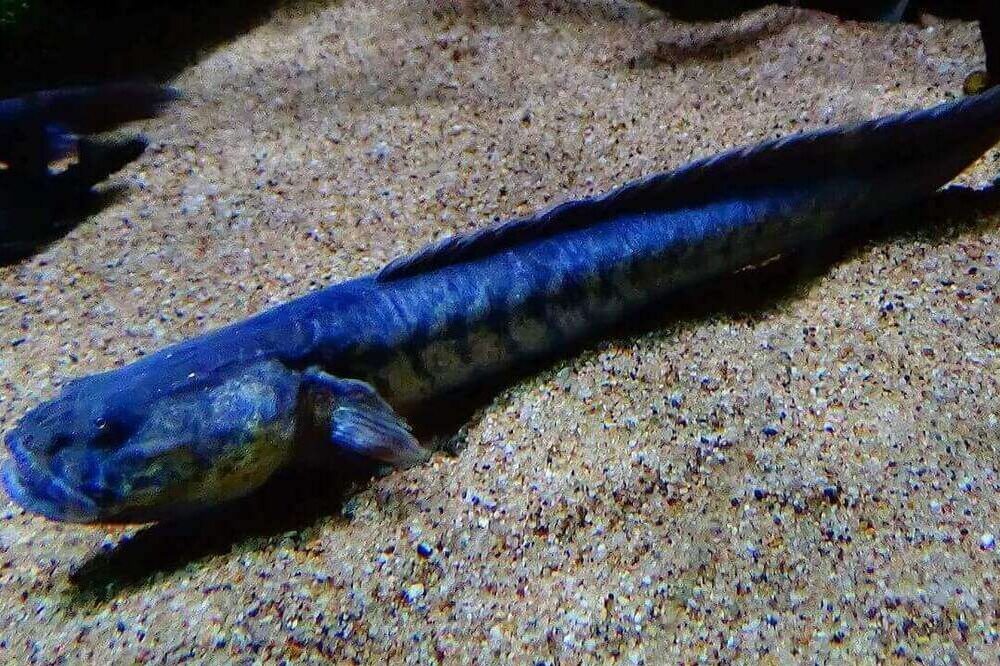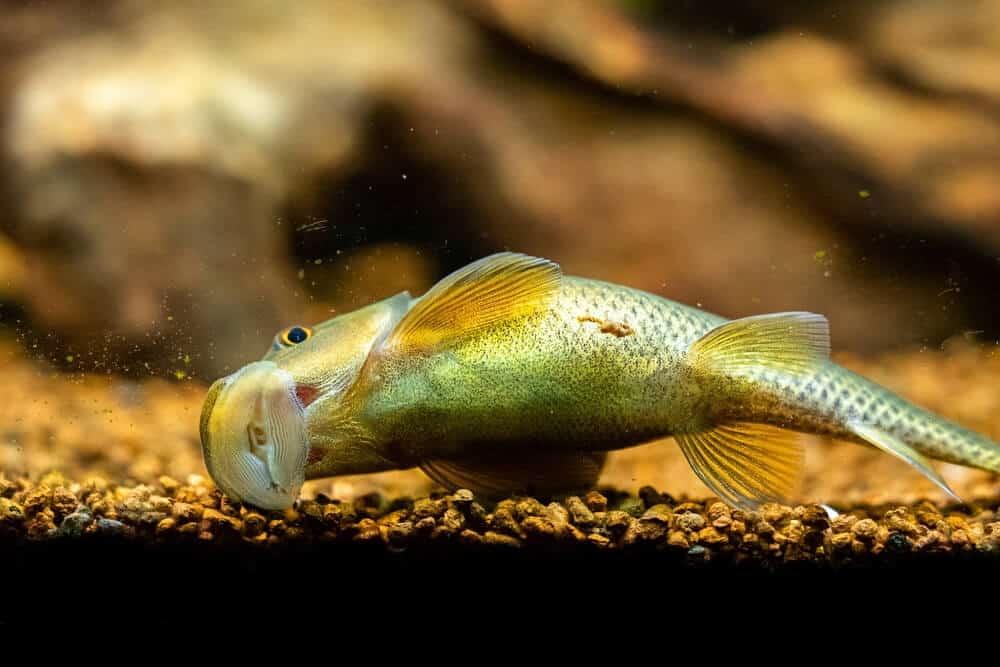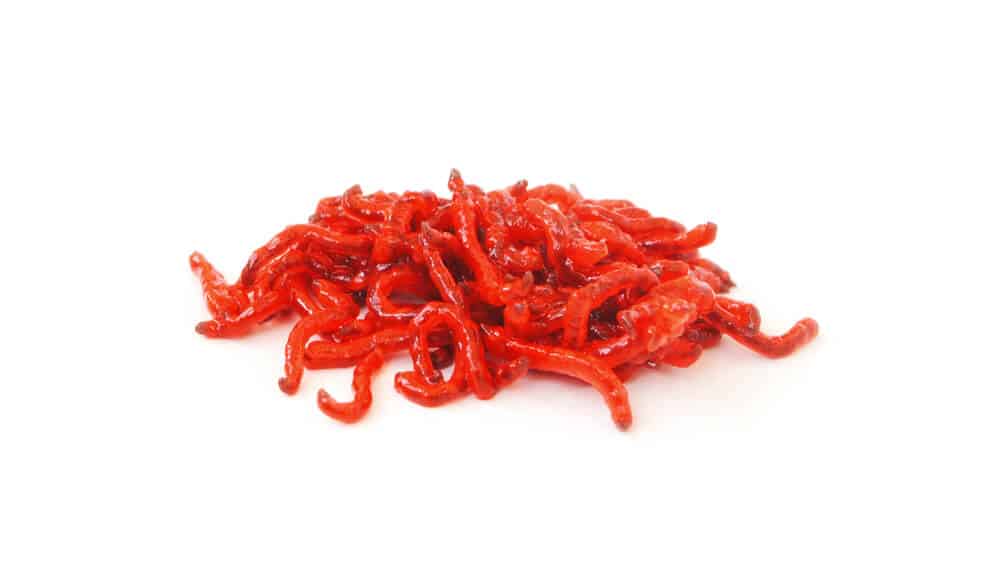Why Do My Cory Catfish Keep Dying?
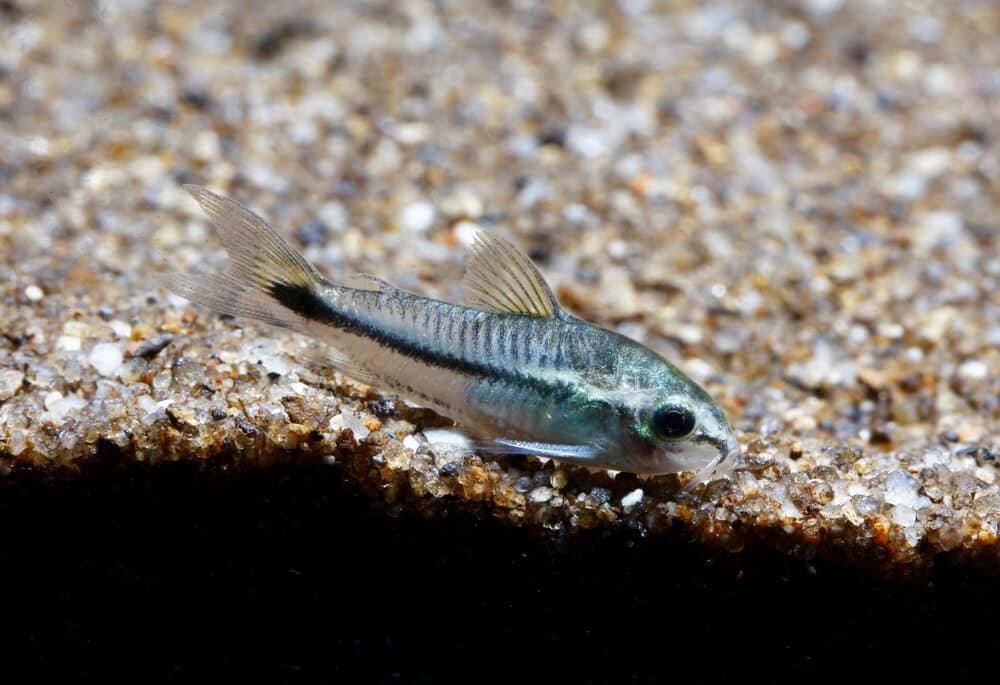
Are your cory catfish dying and you’re not sure why? Cory catfish are quiet and durable fish that are ideal for a communal aquarium.
A thriving cory catfish should be foraging for food and gasping for breath on a regular basis.
On the other hand, these fish may die for a variety of reasons and it can be difficult to pinpoint the source of the problem.
Your cory catfish might have not acclimatized appropriately to their environment, or they may have become stressed due to swings in water quality.
Whatever the cause, we’ll go through why your cory catfish keeps dying and what you can do to avoid it in the sections below.
What Are the Signs That My Cory Catfish Is Dying?
Cory catfish are naturally tough fish that can survive in a variety of water conditions and scenarios. Because of such a typical behavior, detecting abnormal behaviors is usually not difficult.
If your cory catfish exhibits any of the following signs, it could be unwell or stressed, which could lead to fatal outcomes if nothing is done.
- Excessive hiding
- Glass surfing (This is when your fish repeatedly swim up and down the tank)
- Loss of weight
- It floats at the surface
- Strange swimming pattern
What Is the Most Common Cause of Cory Catfish Death?
When our Cory catfish seem to be dying for no apparent reason, it can be really frustrating. The primary cause of such problems is often the water conditions and quality.
Other causes may include an uncycled tank or poor acclimation.
Let’s get into more information about why your Cory catfish is dying down below.
1. Improper Acclimatization
When you get a fresh batch of Cory catfish, there is a potential that your fish will be unable to adapt to shifts in their surroundings and will die as a result of stress.
Because the bag they come in has tank water that isn’t the same as yours, do not immediately mix it with your tank water.
An appropriate acclimation method begins with where you purchase your Cory catfish.
This means moving slowly and taking the time to ensure that they aren’t swirling around in the bag the entire journey home. This is necessary to guarantee that they do not come stressed.
Don’t open the bag just yet when you get home. Allow for at least 30 minutes for them to float within the bag on top of your tank water.
Allowing it to float in the home aquarium may help your fish gradually adjust to the water conditions and settings.
More importantly, don’t feed your Cory catfish before taking it home.
Feeding them prior to delivery will raise the concentration of the waste in the bag, which is counterintuitive because even a trace of ammonia in the bag may cause an issue that could impair their overall health when they arrive at your place.
2. Overcrowded Tank
An overloaded tank can also lead to bad tank conditions and the death of your Cory catfish.
Many tank owners and pet store owners will tell you that one gallon for one Cory catfish is enough. However, you may give your Cory catfish more wiggle room by raising the ratio to two gallons per fish.
On the other hand, you should not keep your Cory catfish alone. As little fish, they seek safety in numbers, so a group of eight Cory catfish or more is strongly recommended.
This also implies that you will need at least a ten-gallon tank to keep Cory catfish.
Another reason your Cory catfish cannot live is aggressive tankmates. The aggressive fish will frequently attack and harass your Cory catfish, causing it to run and hide, resulting in elevated stress levels.
Constant stress will weaken the Cory catfish and make it susceptible to different diseases.
3. Improper Tank Cycling
A properly cycled tank will allow good bacteria to thrive, which will dwell in the substrate and help break down hazardous waste.
Thus, if you add a new batch of Cory catfish to your tank and discover that they die after a while, an uncycled tank is likely the cause.
An uncycled or improperly cycled tank will also cause an ammonia rise, which the Cory catfish is very vulnerable to.
Depending on stocking levels, it may take several weeks for enough bacteria to develop. Once the bacteria has developed, a water change every week or two will allow the bacteria enough time to reproduce.
4. Diseases and Parasites
Poor water quality, stress, and insufficient water factors make your fish vulnerable to illnesses and parasites. If the Cory catfish are new to your tank, they may already be sick or carrying a parasite.
Sick Cory catfish will lose their appetite, get feeble, and eventually die.
Furthermore, because some illnesses and parasites are contagious and can affect the entire tank, keep the Cory catfish in a separate tank to prevent the illness from transmitting to the rest of the population.
5. Poor Quality Diet
As you may be aware, food is critical to keeping your fish healthy and promoting rapid growth and development. This is why feeding your Cory catfish low-quality food can lead to major health problems.
Corydoras catfish, like all other fish, require a well-balanced diet. To meet their nutritional requirements, they have to eat animal and plant materials on a daily basis.
The Takeaway
Cory catfish are an excellent addition to any aquarium due to their cheeky demeanor as well as their capacity to function as a clean-up crew.
Unfortunately, there can be a variety of causes for cory catfish dying, with poor water parameters being the most common.
The above advice explains why your Cory catfish passed away and how to avoid such problems in the future. Even if nothing appears to be wrong, it is always a good idea to double-check for any issues.
It is better to pick up a test kit so that you are able to quickly check on different factors such as pH as well as the presence of nitrates and ammonia.
